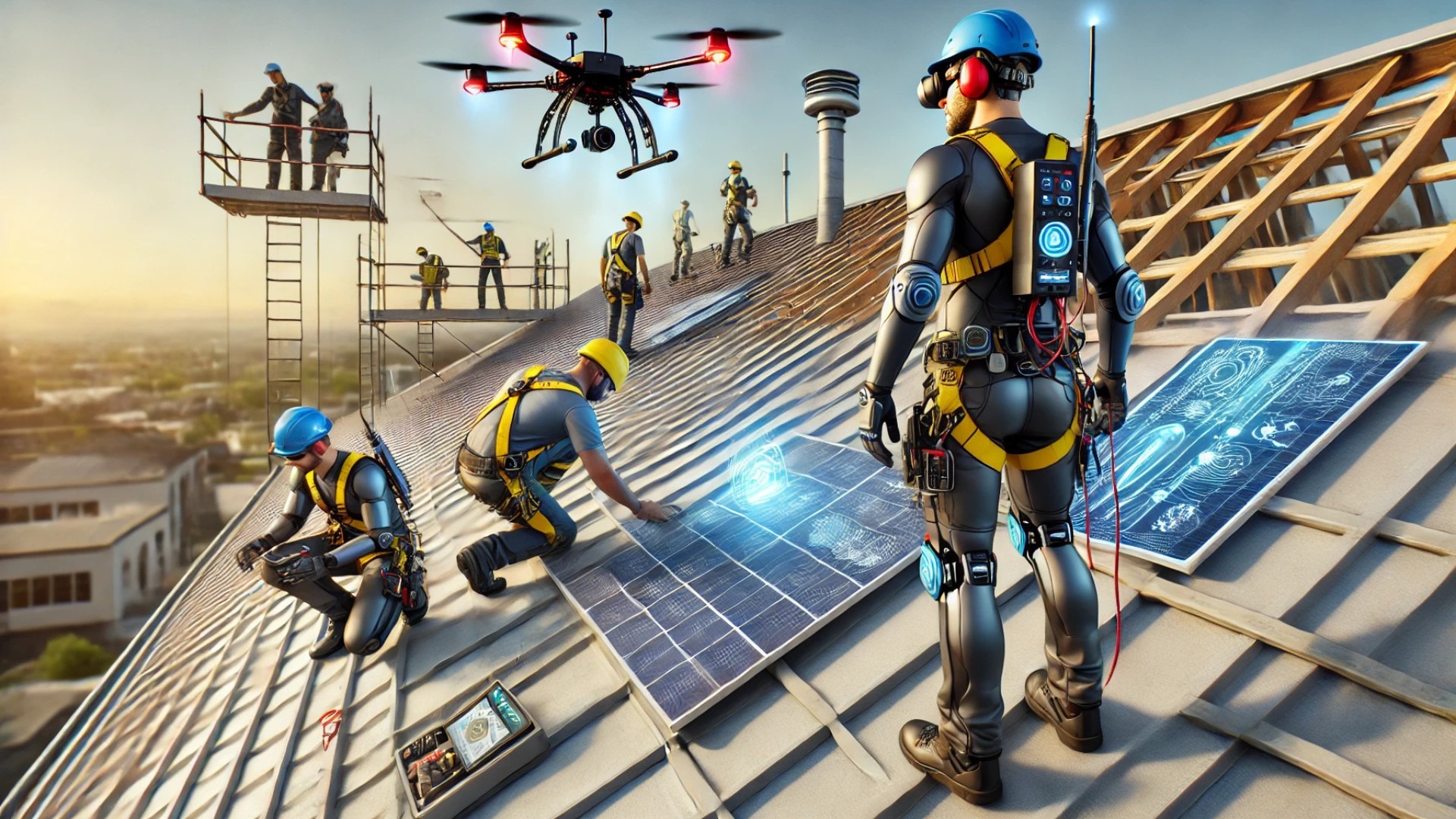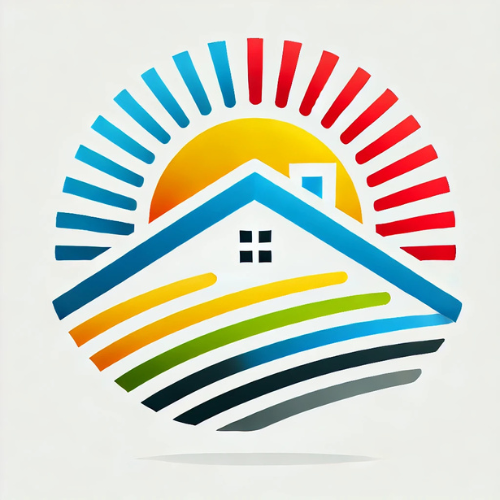
Revolutionizing Roofing Safety: The Role of Modern Technology
The construction industry, especially roofing, is notorious for its high injury rates. According to various studies, roofing consistently ranks among the most hazardous professions, with common injuries stemming from falls, slips, and muscle strains. Fortunately, technological advancements are stepping in to mitigate these dangers, enabling safer working conditions and enhancing overall productivity.
Understanding Roofing Injuries: An Urgent Need for Innovation
Between 2023 and 2024 alone, falls from heights accounted for 50 fatalities in the construction sector, underscoring the urgent need for innovative safety measures. In fact, reports indicate that falls contribute to 25.8% of workplace injuries in the U.S. and similarly grave statistics in the U.K. This alarming trend has led construction companies to explore smart technologies that not only provide protective gear but also enhance situational awareness on job sites.
Smart Wearables: The Future of Personal Safety
Enter wearable technology, such as Kenzen's smart devices, which are designed to monitor crucial physiological metrics like posture and temperature. These devices empower supervisors with real-time data, enabling them to make informed decisions before an injury occurs. By predicting fatigue or an increased risk of a fall, these innovations allow companies to adapt their approaches proactively—significantly reducing potential risks.
Enhanced Communication Through Wearable Alerts
Innovative harnesses that send alerts during moments of slip or trip can speed up emergency response times, ensuring workers receive immediate care when needed. This technology highlights the importance of timely intervention and solidifies the connection between smart gear and effective safety protocols on construction sites. With features like adjustable support, safety harnesses have evolved into literally life-saving tools.
Virtual Safety Assessments: The Power of Drones and Sensors
Drones equipped with thermal scanning technology can create detailed 3D maps of roof surfaces before workers step on them. This not only mitigates risks associated with hazardous conditions but also allows managers to make educated decisions regarding worker deployment. Meanwhile, surface sensors relay real-time data about moisture and temperature conditions, transforming how teams approach their work environments while ensuring continuous monitoring.
Exoskeletal Suits: Alleviating Physical Strain
Another technological marvel making waves in roofing safety is the exoskeleton suit. As various studies reveal, a significant number of construction injuries stem from muscle strain and back pain associated with heavy lifting. These suits not only support the body but also minimize risks of falls and overexertion. Workers now have the choice of active or passive suits, catering to their specific needs while enhancing safety significantly.
Utilizing AR and Infrared Scanning Technology
Furthermore, augmented reality (AR) inspection goggles and infrared glasses play an instrumental role in reducing burns and electrocution risks. These tools allow roofers to visualize hidden electrical pathways and heat signatures before they engage with equipment—effectively reducing the risk of unexpected accidents.
The Future of Roofing and Safety Technology
As we look forward, the emphasis on integrating advanced technologies in roofing not only serves to protect workers but also broadens the scope of possibilities within the construction industry. The adage that prevention is better than cure rings truer than ever as these technologies pave the way for a safer and more efficient working environment.
In conclusion, modern technology is no longer a luxury but a necessity in the roofing sector. By investing in cutting-edge safety solutions, contractors are taking proactive steps to safeguard their workers and redefine the industry. It’s essential to embrace these innovations for the future generations of roofers who will build upon the foundation laid by their predecessors.
 Add Row
Add Row  Add
Add 




Write A Comment